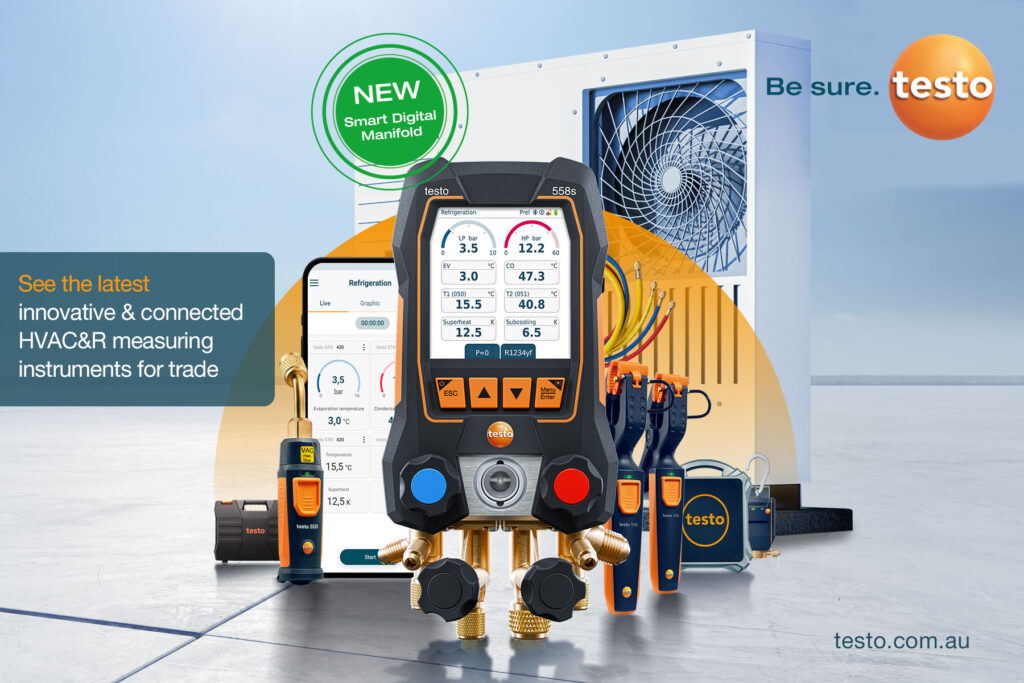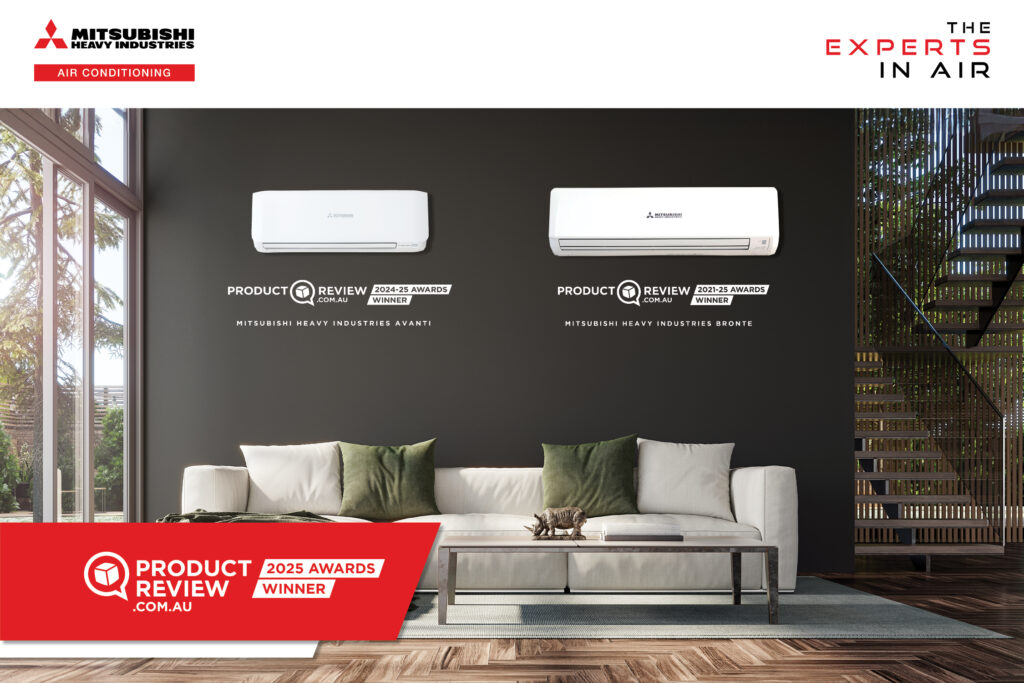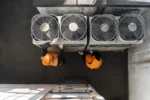Key takeaways from IAQ25
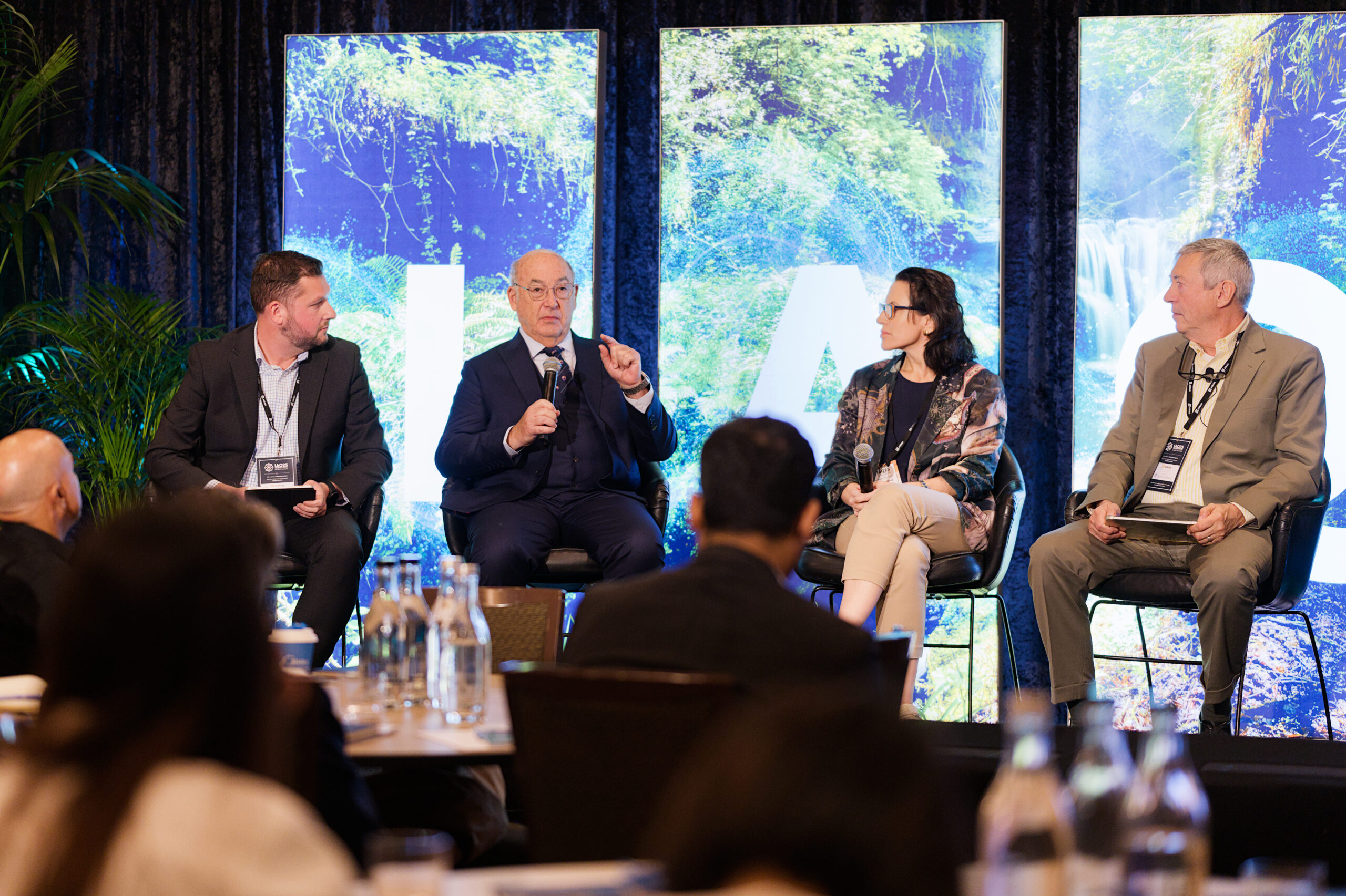
We look back at the major discussions from AIRAH’s 2025 Indoor Air Quality Conference (IAQ25), which was held in Melbourne from May 26–27.
The theme of this year’s conference was “a pathway to change”, and there were certainly plenty of vibrant discussions about how to change IAQ for the better. And while participants didn’t always agree on approaches, the appetite for change was universal.
Here are some of the major discussions to emerge from the conference.
A 241 special
Dr Max Sherman from the Lawrence Berkeley National Laboratory was everywhere at the conference: as well as delivering the opening keynote presentation, he also participated in the Sunday workshop and the follow-up panel on Monday, as well as delivering a second presentation on day two.
Sherman’s keynote provided an in-depth introduction to ASHRAE Standard 241, a pathogen control standard for all building types that he played a key role in developing. As Sherman pointed out, 241 was developed in record time in response to COVID-19, but its utility extends far beyond just the current pandemic.
The standard introduces the revolutionary concept of an “infection risk management mode” (IRMM), which building managers can deploy at times of heightened risk. This functions like an on/off switch: for example, if there is an influenza outbreak in the city, building managers might activate IRMM until the outbreak subsides.
Another important aspect of 241 is the reference to “equivalent clean air” (ECAi) rather than air changes per hour. This means that, instead of mandating increased mechanical ventilation, 241 provides building managers with more flexible avenues to compliance. This could include enhanced air filtration, using UV technology to kill pathogens, or simply reducing the number or building occupants during that time.
The introduction of IRMM in 241 raised some philosophical questions that weren’t lost on the audience. As Dr Bronwyn King AO pointed out during the Q&A session, the COVID-19 pandemic remains ongoing, and people who are immunocompromised – and their families – are always at heightened risk from infectious diseases.
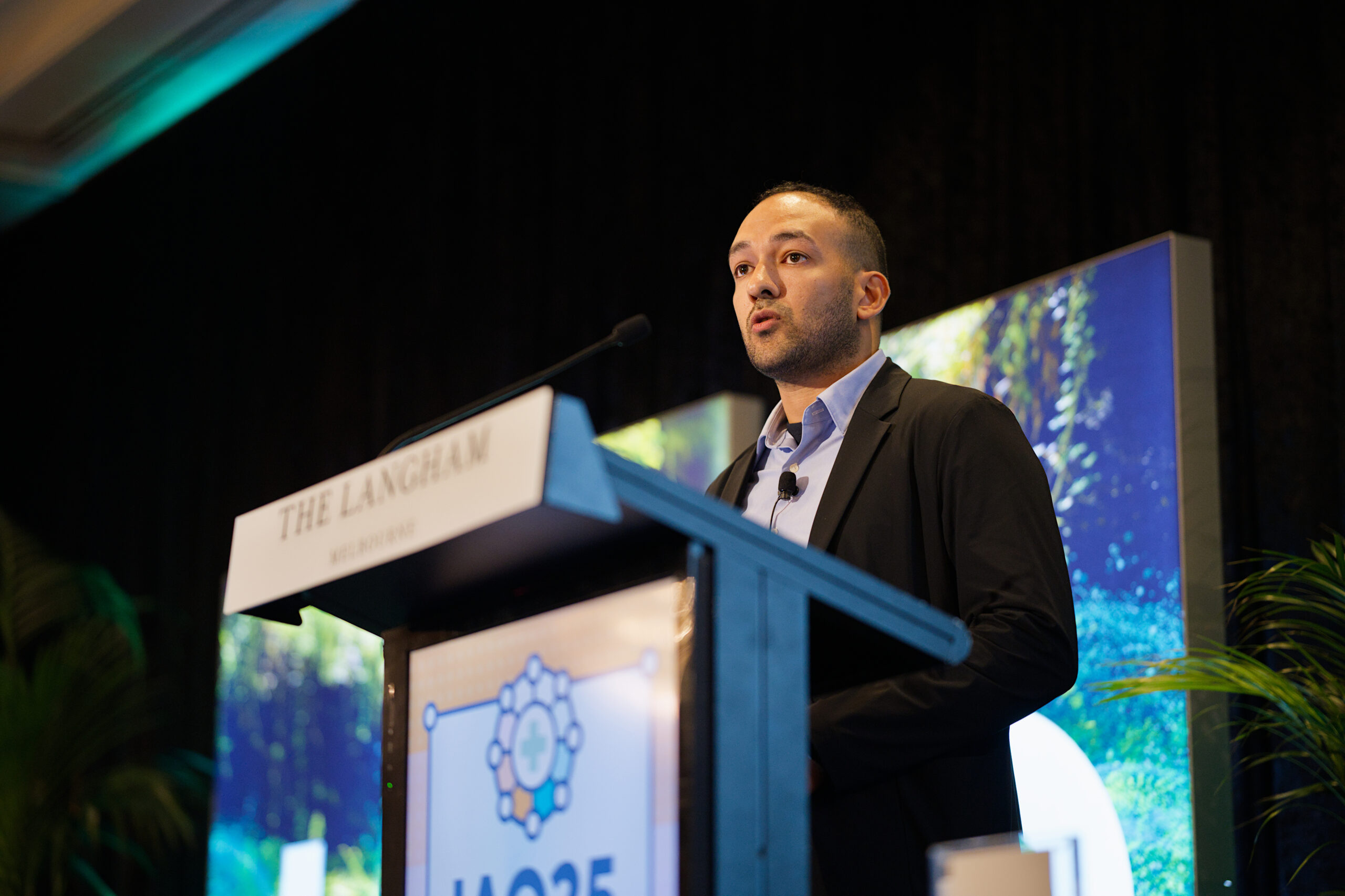

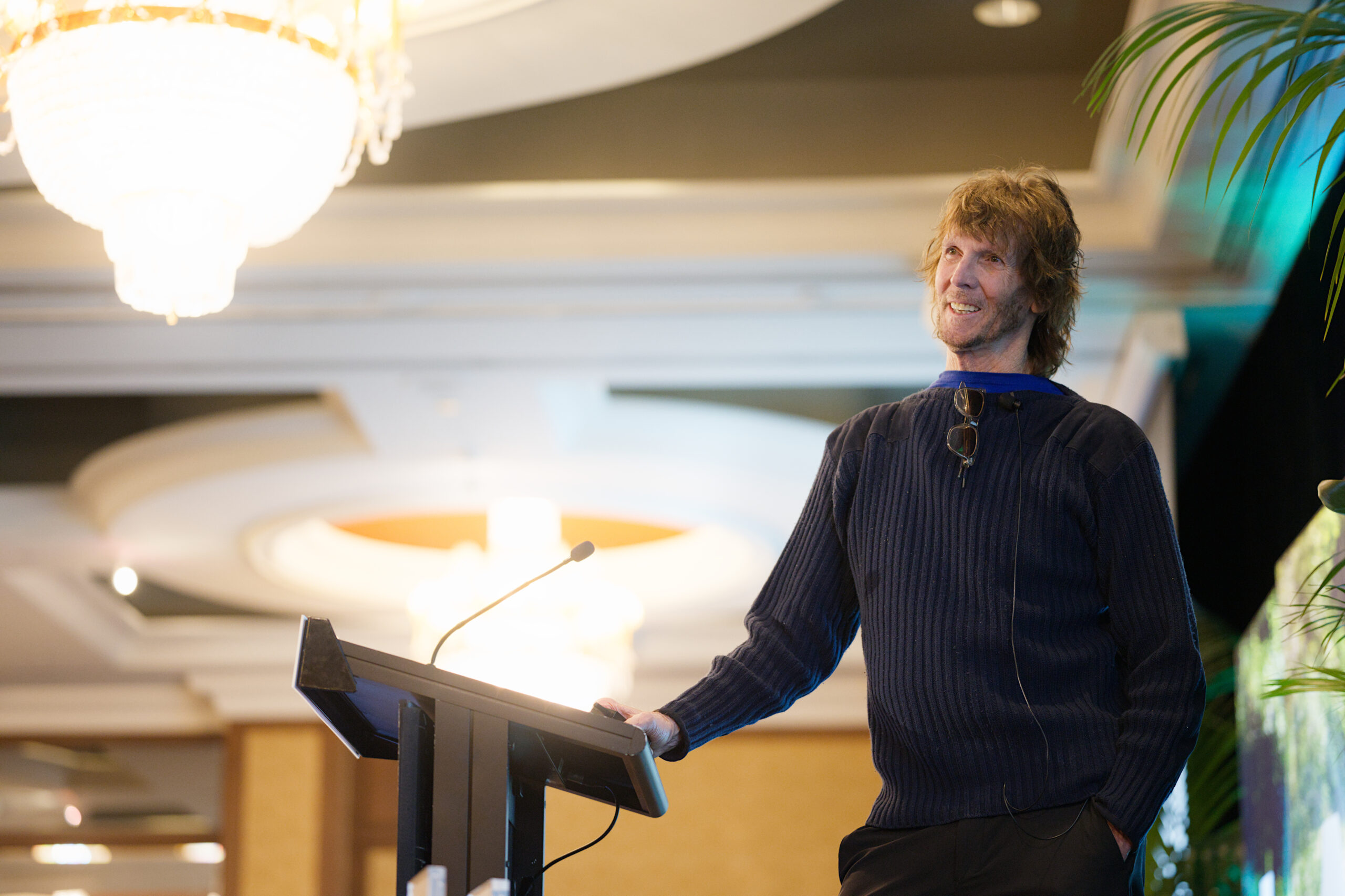

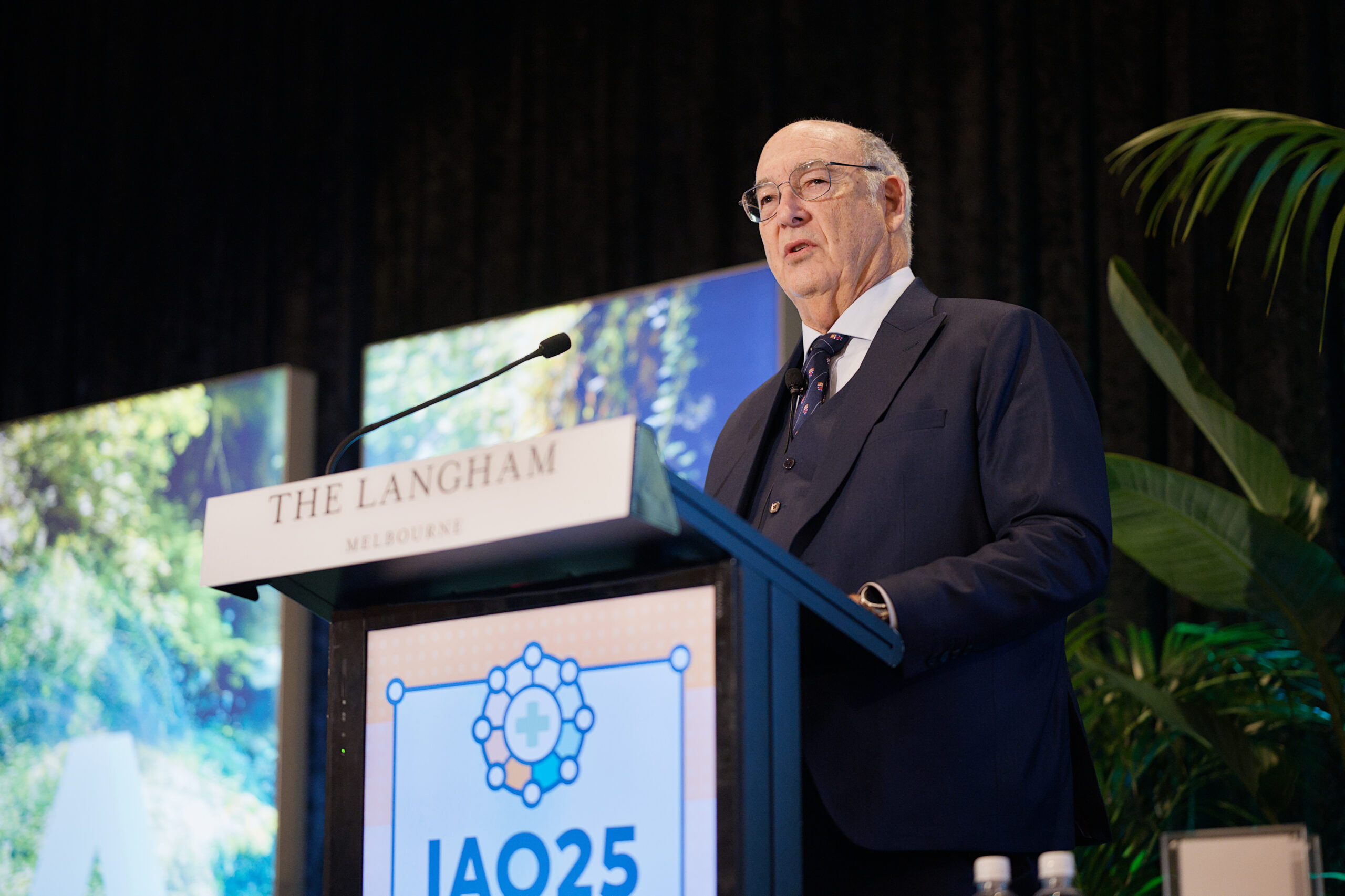

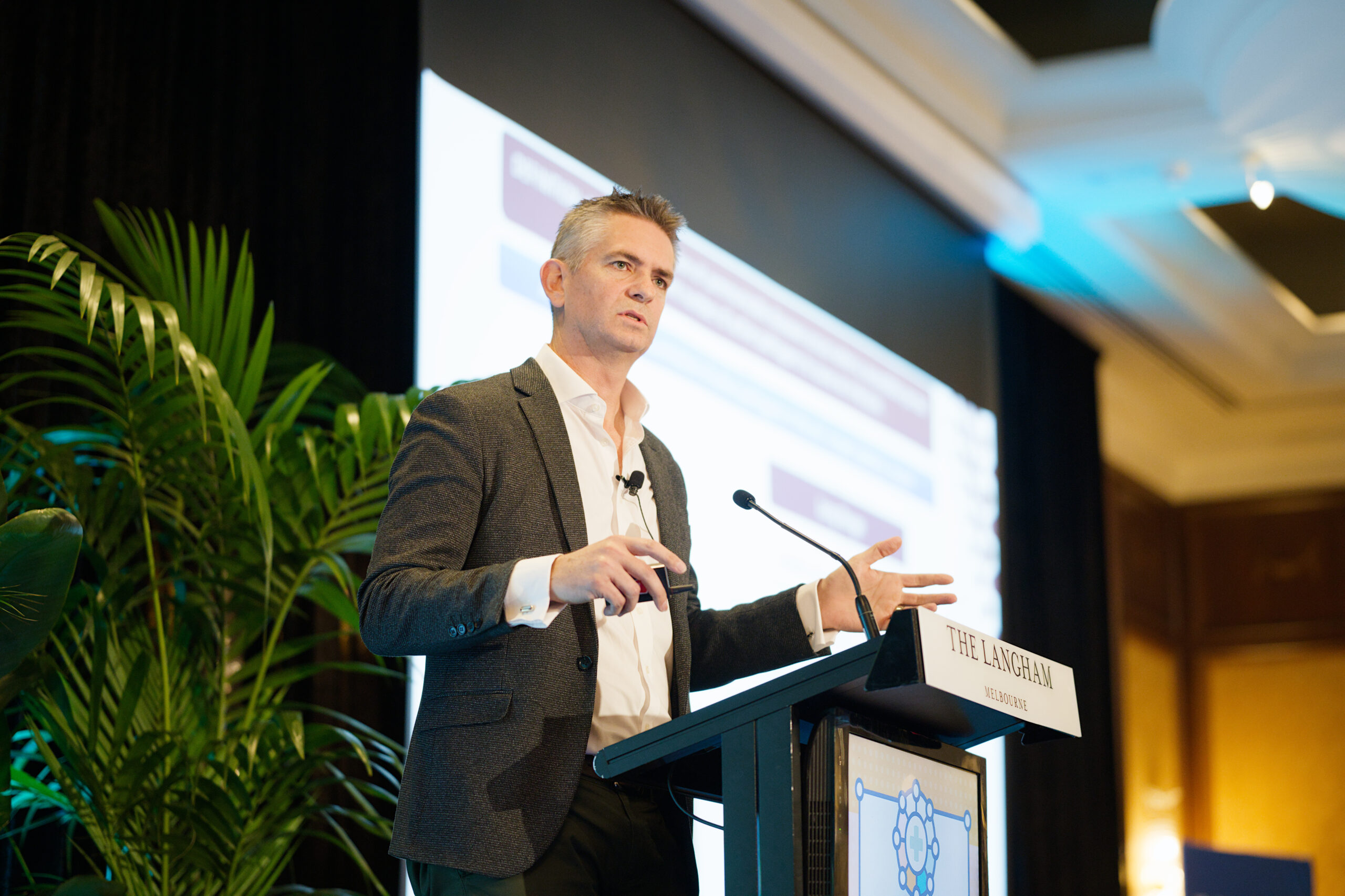

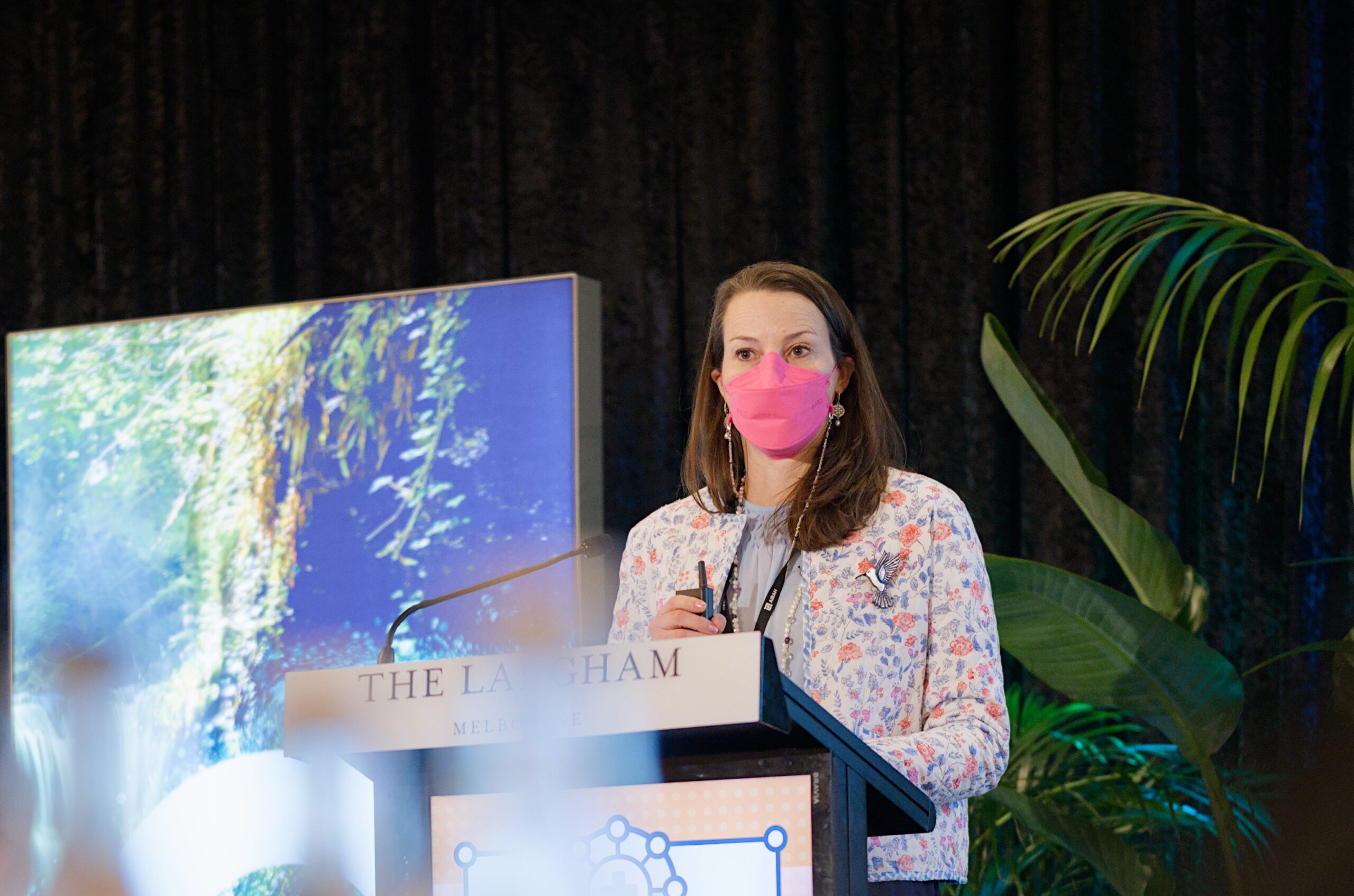

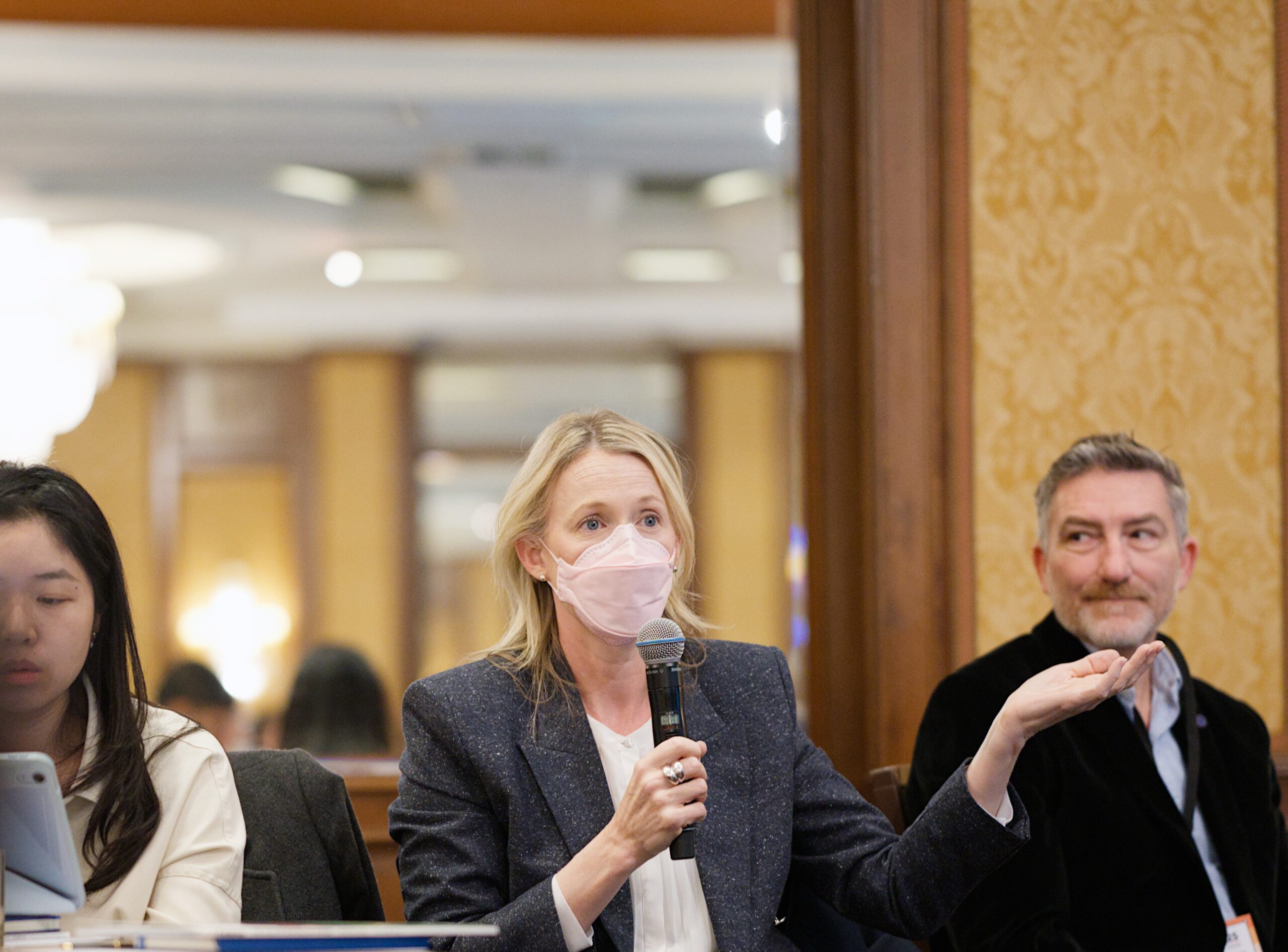

King posited that the IRMM specified in 241 should become a permanent requirement for buildings, though other participants pointed out this would likely increase energy costs and emissions. Finding the right balance – and technological solutions that could potentially address both issues – was an ongoing point of discussion throughout the conference.
Ben Gill, Affil.AIRAH, offered a potential solution to this conundrum. In his presentation, he shared findings from case studies showing how an approach that emphasised filtration and air cleaning could help buildings achieve permanent IRMM through ECAi, while also reducing energy usage and costs.
Gill spoke from his previous experience working in the management of a large Australian shopping centre to offer an insight into the mindset of commercial property managers. As Gill pointed out, the financial argument will always resonate more with property managers than the technical argument.
Back to school
Several presenters – including Dr Richard J Shaughnessy, Mohamed Mahmoud, Stud.AIRAH, and Plum Stone – focused heavily on the importance of IAQ in schools, and the challenges faced in achieving not just acceptable, but accessible air quality.
Shaughnessy kicked off the second day of the conference with a fascinating dive into surface cleaning, its importance for IAQ, and its flow-on effects to occupant health, particularly in schools. He shared insights from his research team’s large-scale longitudinal study into cleaning in US schools, which spanned six years and included health data from 47,000 students across more than 50 schools.
The study showed a statistically significant correlation between cleaning and student health outcomes; students in dirtier and less ventilated schools get sick more often and perform worse as a result. It also showed a correlation between renovated school HVAC design and improved cleanliness.
One of the key takeaways from Shaughnessy’s presentation was that current approaches to school cleaning – specifically in the USA, but likely also in other countries, including Australia – are manifestly inadequate and undervalued. He highlighted desks as a hotspot for pathogen transmission and suggested that they should be cleaned every two to four days, rather that weekly as is commonly the case.
Mohamed Mahmoud, Stud.AIRAH, from the University of New South Wales shared his research into classroom aerosol measurement using computational fluid dynamics simulations. His study compared a “stale air” classroom environment with two alternative setups: one HEPA filter and three HEPA filters.
Unsurprisingly, the setup with three HEPA filters was by far the quickest and most effective way to reduce the risk of infection. What was perhaps less expected was the effect of having a solitary HEPA filter in the classroom; this approach could actually spread the pathogen more quickly than having no filter. Despite this, Mahmoud clarified that HEPA filtration remains preferable to a stale air approach, and pointed out the importance of finding the right location for the filter(s).
Plum Stone from the Safer Air Project spoke about her organisation’s work in framing IAQ not just as a technical issue, but a critical accessibility and inclusion issue. Stone, who has immunocompromised family members and nearly lost one of her children to COVID-19, highlighted that this is not a niche issue. Roughly half of all Australians live with a chronic health condition that could put them at heightened risk from infectious diseases.
As well as focusing on healthcare facilities as sites of disease transmission, Stone also shared her concerns as a parent of two school-aged children. She posed a particularly poignant question about how inadequate classroom design and maintenance often puts the burden on children to control their ventilation by opening or closing windows: “Why do we ask children to make decisions about their own air?”
Like Gill, Stone offered a pragmatic approach to policy change by highlighting that those making decisions are often more influenced by the economic and productivity benefits of improved IAQ than by the health and social benefits.
The great CO2 debate
A workshop the day before IAQ25 explored the differences in global ventilation standards, and interrogated whether 800ppm CO₂ is truly an appropriate benchmark for indoor air quality.
Hosted by Brad Prezant, Affil.AIRAH, representing AIRAH’s IAQ Special Technical Group, the event brought together experts from around the world to engage in spirited debate.
The case against
Dr Andrew Persily started proceedings by laying out what he called some common misconceptions about CO₂. These include the assumption that CO₂ is a good surrogate for indoor air quality, that ASHRAE 62.1 mandates 1,000ppm of CO₂ as a measure of good IAQ, and that if CO₂ is over 1,000ppm it’s unhealthy and impairs cognition.
““If you think the CO₂ level is too high, you think the ventilation rate is too low, and that’s a different conversation,” ”
Dr Andrew Persily
Sonia Holzheimer, M.AIRAH, Principal Building Services Engineer at Sequal Consulting Group, then presented on the good, the bad, and the ugly misunderstood of AS 1668.2 – Australia’s standard for mechanical ventilation.
Holzheimer suggested that perhaps an AS 1668.5 could be developed as a voluntary standard for IAQ. She also noted the way the standard offers opportunities for using recycled residual air, cleaned air and air from other areas of a building, instead of only outdoor air, which can be particularly problematic in humid climates.
Associate Professor Pawel Wargocki from the Technical University of Denmark was up next, putting the focus on “pure CO₂” – carbon dioxide as a contaminant in itself, noting that it only becomes harmful for humans at levels over 3,000ppm, and that contrary to popular belief, there are very few studies that have shown a correlation between CO₂ levels and loss of concentration and performance.
Dr Max Sherman, distinguished Senior Scientist at the Lawrence Berkeley National Laboratory, recommended the use of CO₂ monitoring as a surrogate for human bio-effluents and demand-controlled ventilation, but warned against using it to control air quality.
The case for
QUT’s Professor Lidia Morawska brought a different perspective. Her watchword was pragmatism.
Professor Morawska noted that having a measurement system is key in setting and promulgating standards. She pointed to research that shows 800ppm is very achievable, and that high CO₂ is favourable for pathogens. She also highlighted some short-term measures that are essential to support standards: increased awareness, large-scale surveys, and applying existing science and technology to improve IAQ.
The session then switched to Q&A format, with Jack Noonan, IWBI Vice President, APAC, joining the panel to provide the perspective of how WELL and other industry rating tools deal with IAQ.
Many of the audience questions reflected the need for urgent action on and improvement of Australia’s indoor air.
Safer Air Project founder Plum Stone pointed out that minimum standards do not take into account the very large part of the population who have chronic health conditions and who are more vulnerable to poor indoor air.
Former Victorian Premier and architect Ted Baillieu AO issued a rallying call for the experts in the room to find consensus, noting that the “natural vector” of politicians is inaction.
“If we experts don’t agree, nothing is going to happen”
Ted Baillieu AO
Equivalent CO₂ – a potential consensus?
That consensus – or at least a path towards it – appeared to open up towards the end of the session with the concept of equivalent CO₂. This would allow for measurement of CO₂ against a threshold value that takes into account filtration and other technologies that would remove pathogens but not carbon dioxide.
While the matter was not settled, the event provided an opportunity for some of the world’s leading experts to test a way forward – and to take the conversation into the main part of AIRAH’s IAQ Conference.
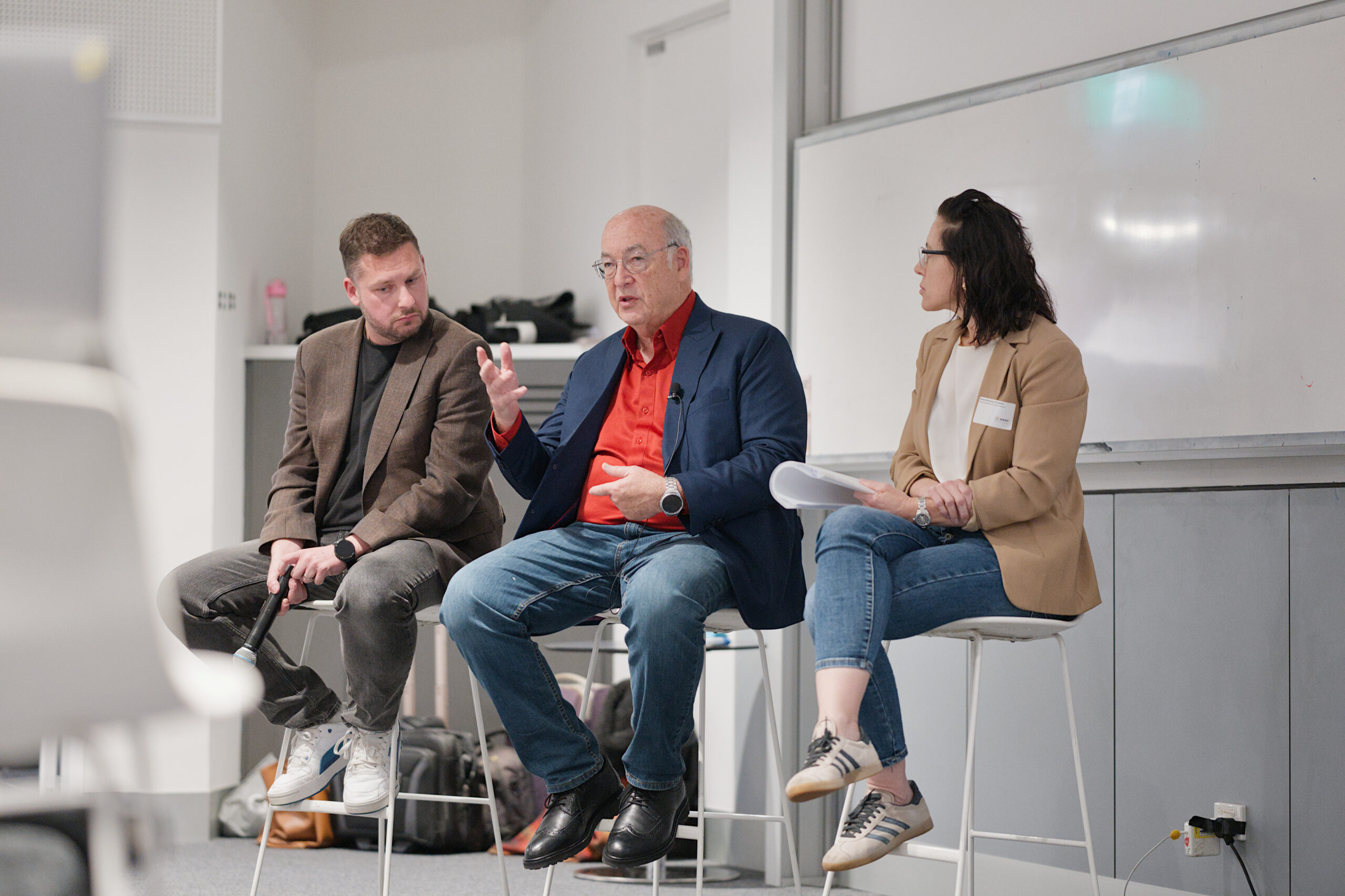

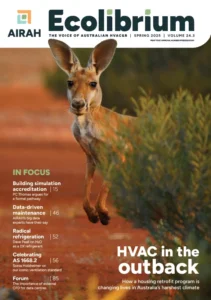
This article appears in Ecolibrium’s Spring 2025 edition
View the archive of previous editions
Latest edition
See everything from the latest edition of Ecolibrium, AIRAH’s official journal.

